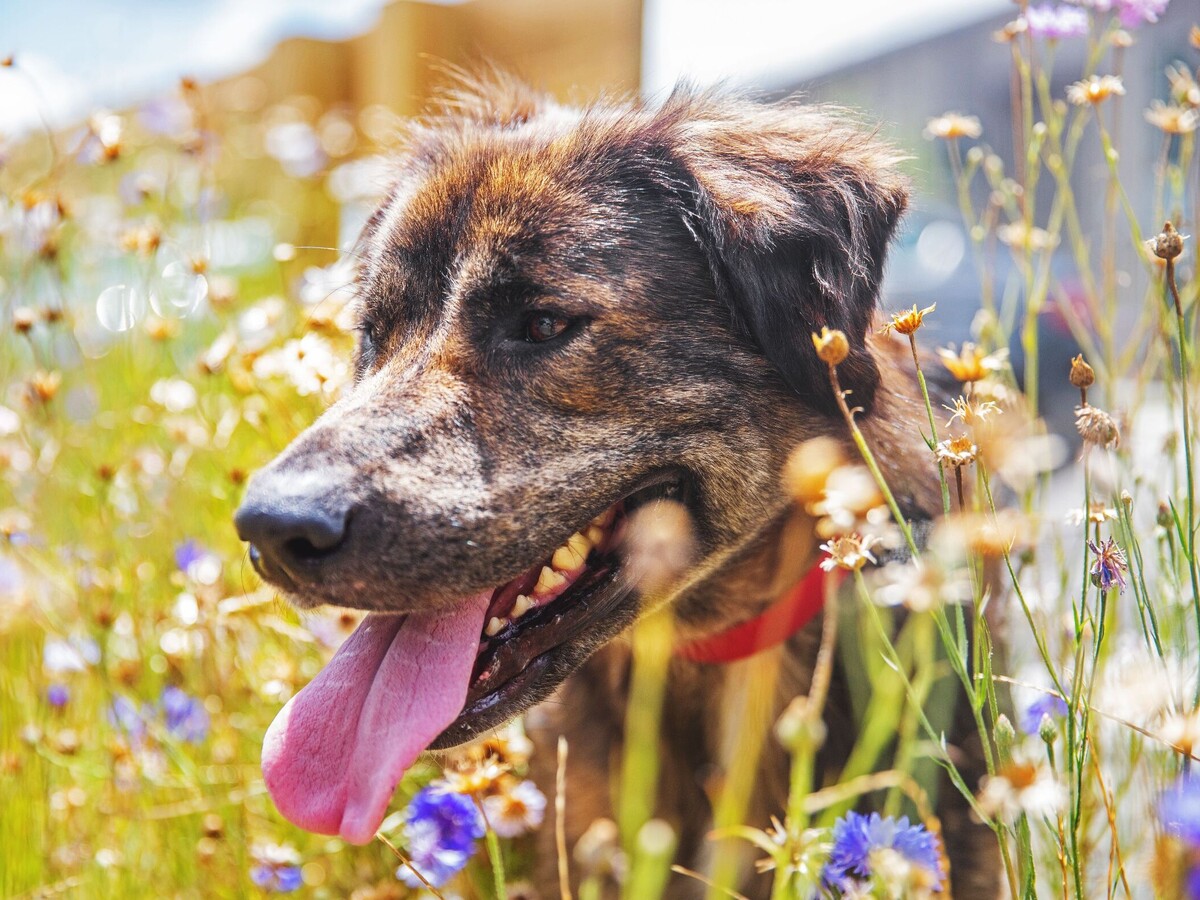Image


By Dr. Edward Schettino
Summer is in full swing, and that means spending more time outdoors! Whether it be hiking, running, walking, or hanging out in the backyard, during this time of year, both you and your pets are at a higher risk of being exposed to tick-borne diseases.
If you’ve spent any time outdoors, you probably realize that we are in a peak time for tick activity because they are seemingly everywhere! While a mild winter led to the early arrival of tick season, the Massachusetts Department of Public Health reports the majority of tick-borne disease occurs between June and August.
Ticks can be found anywhere, from the dog park to your backyard, but wooded areas and tall grasses present the most risk.
If you suspect that a tick may have bitten your furry friend, just keep a close eye on them. As long as they are eating, drinking, and acting normally, have no fear, but if you suspect something is not right, contact your veterinarian.
If your pet has been bitten by a tick, it needs to be removed immediately! Using tweezers, grasp the tick as close to your dog’s skin as possible. Remove the tick in a slow, steady, and straight motion – don’t jerk as anything left behind could cause an infection. Treat the bite wound with antiseptic and monitor the site over the next few days for infection.
Some signs your dog has been infected by a tick-borne disease include fever, loss of appetite, acute lameness, and swelling in the joints, among others. A blood test will determine if Lyme disease or another tick-borne disease is present, and if it is positive and caught early, a course of antibiotics usually provides effective treatment.
However, given that tick-borne diseases can trigger recurring health issues, it is vital to follow recommendations for ongoing follow-up care after diagnosis and treatment.
With ticks seemingly everywhere outdoors, consider the following to help protect your pet:
Despite the forecast for an above-average tick season, it’s simply a matter of being aware and being vigilant to protect both yourself and your pet. Make these measures part of your routine and it will become one less thing to think about!
Dr. Edward Schettino is the President and CEO of the Animal Rescue League of Boston, and has a Doctorate of Veterinary Medicine from the Cummings School of Veterinary Medicine at Tufts University. Thanks to Dr. Schettino for contributing this article to Westwood Minute.
Great advice! The ticks are voracious this year and are coming up into mowed grass, raised beds, and on sidewalks, patios, and porches. Please use heartworm, flea, and tick prevention from your veterinarian! Kelse Hills, Vet Tech